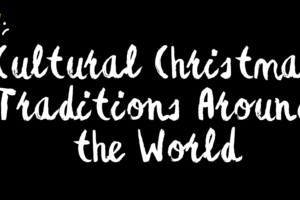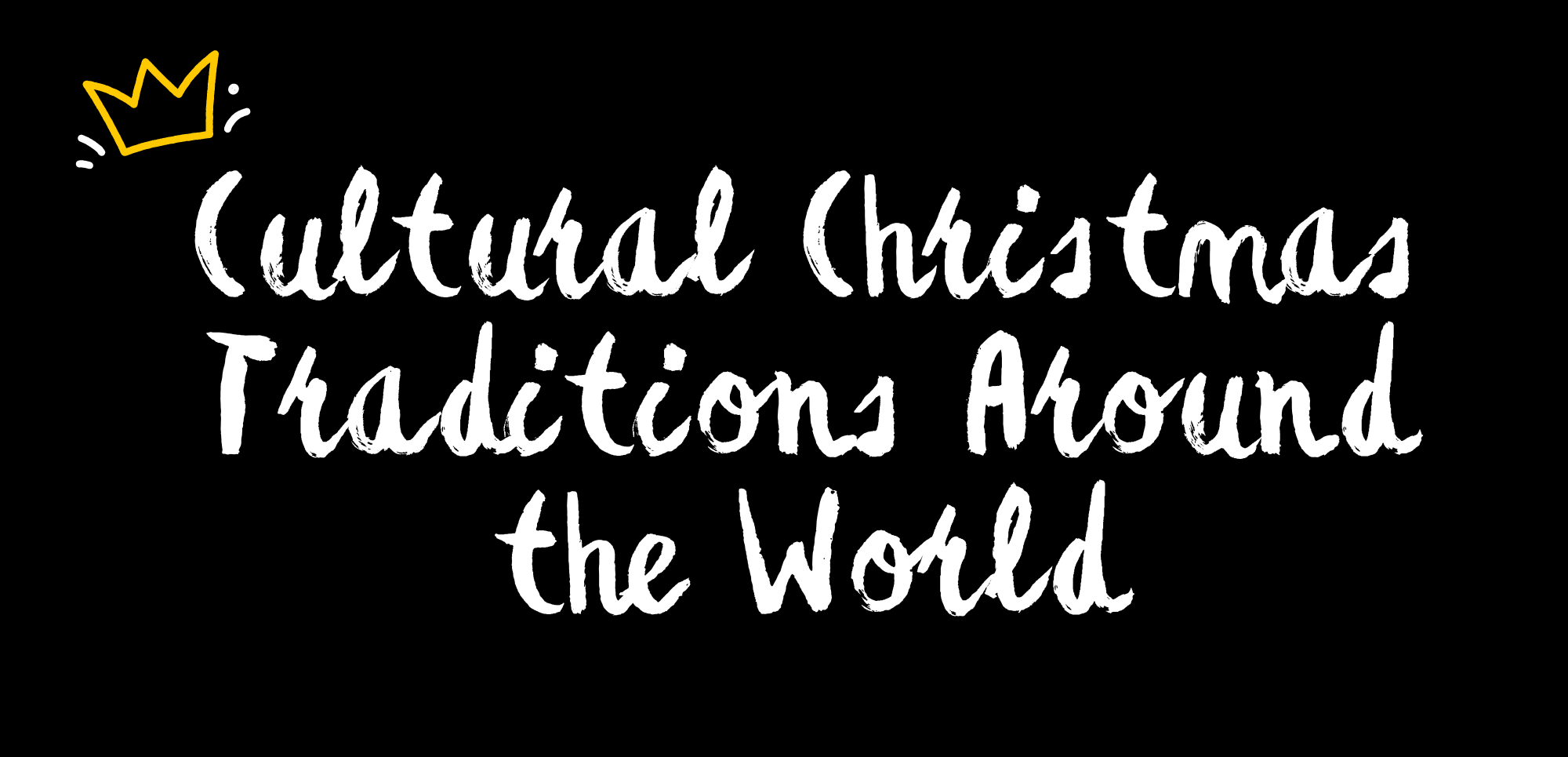When the holiday season approaches, one of the most beloved and iconic symbols that grace our homes and public spaces is the Christmas tree. Adorned with sparkling lights, vibrant ornaments, and a star atop, the Christmas tree has become an integral part of the festive celebrations worldwide. But have you ever wondered why do we have Christmas trees? Join us as we embark on a historical journey to uncover the origins and significance behind this cherished tradition.
- Pagan Roots: To truly understand the presence of Christmas trees in our homes, we must delve into the ancient customs that predate the Christian celebration of Christmas. Many historians trace the origins of the Christmas tree to pagan traditions that revered evergreen trees as symbols of life and fertility during the winter solstice. These trees were believed to ward off evil spirits and invite good fortune.
- Christian Adaptation: As Christianity began to spread across Europe, missionaries sought ways to integrate the existing customs with their new religious beliefs. One such adaptation was the incorporation of the evergreen tree into Christmas celebrations. By giving the tree a Christian context, it became a powerful visual representation of eternal life and hope found in Jesus Christ.
- Medieval Mystery Plays: During the Middle Ages, mystery plays were popular theatrical performances that depicted biblical stories. One such play, the “Paradise Play,” included the Tree of Knowledge as a prominent prop. Over time, this prop transformed into a decorated evergreen tree, symbolizing the Tree of Life from the Garden of Eden. The performance reminded people of the importance of redemption and the promise of eternal life through Christ.
- Martin Luther and the Protestant Reformation: In the 16th century, Martin Luther, a key figure in the Protestant Reformation, is said to have played a significant role in popularizing the Christmas tree. Legend has it that, while walking through a forest one winter’s night, Luther was struck by the beauty of the starlight shimmering through the trees. Inspired by this sight, he brought an evergreen tree into his home and decorated it with candles to recreate the enchanting scene for his family.
- Royal Influence: The tradition of Christmas trees gained even more traction when it was adopted by European royalty. Queen Victoria and Prince Albert, who had German roots, popularized the Christmas tree tradition in the British Empire during the 19th century. Their decorated Christmas trees, depicted in illustrations and photographs, captured the public’s imagination and further solidified the practice as a fashionable and desirable holiday custom.
- Commercialization and Globalization: With the advent of industrialization and mass production in the 19th century, the Christmas tree tradition became more accessible to people from all walks of life. Artificial trees, ornaments, and festive decorations flooded the market, making it easier for families to embrace this beloved tradition. As Christmas spread around the world, so did the tradition of the Christmas tree, becoming an integral part of holiday celebrations in diverse cultures.
Conclusion:
From its humble origins in pagan rituals to its widespread adoption by Christian communities and subsequent royal influence, the Christmas tree has evolved into a universal symbol of joy, hope, and unity during the holiday season. The tradition continues to thrive in our modern world, reminding us of the enduring power of nature, the importance of family and faith, and the spirit of giving. So, as you gather around your beautifully decorated Christmas tree this year, remember the rich history behind this cherished tradition and the countless memories it has created throughout the centuries.









